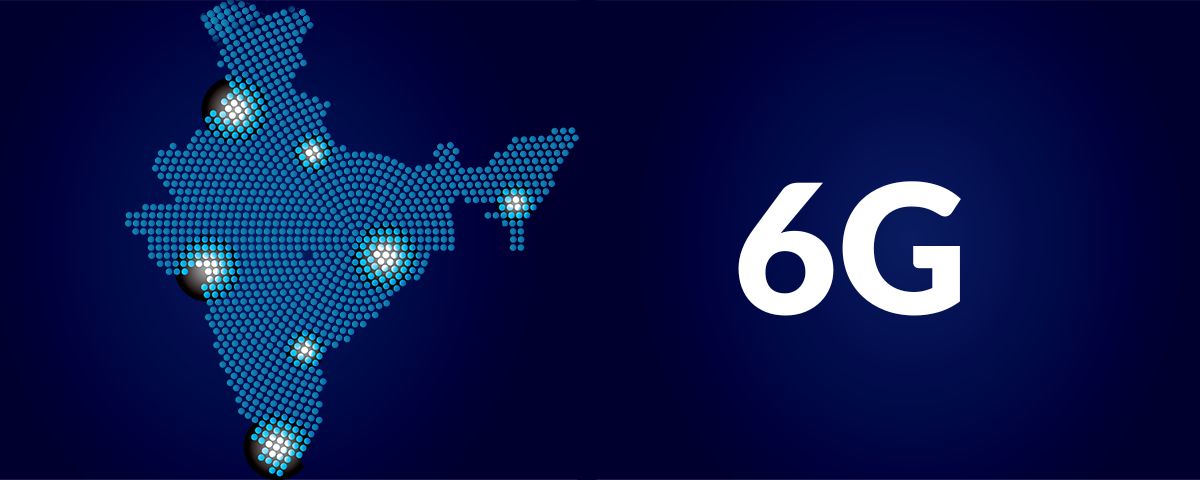
India is poised to lead the world in 6G technology, having marched alongside global advancements in 5G and previously followed in 4G, said Communications Minister Jyotiraditya Scindia at the inauguration of the World Telecommunication Standardization Assembly (WTSA-24) and India Mobile Congress. He credited Prime Minister Narendra Modi’s vision for not just adopting new technologies but positioning India to be a first mover in 6G. “The Indian Mobile Congress and international 6G symposium showcase both local and global progress in 6G, along with the design principles shaping the future of telecom,” Scindia stated.
He emphasized that through initiatives like the Bharat 6G Alliance, India aims to contribute at least 10% of global 6G patents, underscoring the country’s ambition to lead in this next-generation technology. “It is our Prime Minister’s unwavering commitment to building world-class infrastructure. We are determined to bring policies in line with the evolving times and challenges, as seen in the recent Telecommunications Act, 2023,” Scindia noted. He added that the Act addresses emerging sectors like satellite communications and tackles critical issues in the digital age, with cybersecurity being a top priority.
What's the Update on 6G in India?
— Utsav Techie (@utsavtechie) October 17, 2024
India has released its Bharat 6G vision, which includes plans for Indian engineers, institutions, and companies to collaborate with global teams
This will be the first time India plays a role in determining the standards for upcoming 6G… pic.twitter.com/FZQ5Sd9ACh
Scindia further highlighted India’s assertive and forward-looking telecom sector, describing the nation’s transition from “Amrit Kal to Shatabdi Kal” as an ambition to lead the world. He noted that for the first time in history, India is hosting the WTSA assembly, with over 3,200 delegates from 160 countries, the highest ever participation for the event.
Discussing India’s telecom achievements, Scindia pointed to the government’s efforts to bridge the digital divide through the BharatNet program, the world’s largest rural broadband initiative. “With an investment of over $10 billion in the last three years, we’ve laid 700,000 kilometers of fiber,” he remarked. He also celebrated the nation’s progress in mobile connections, which have grown from 904 million to 1.16 billion, and broadband users, which have surged from 60 million to 924 million over the last decade. India’s fiber optic network has expanded from 11 million to 41 million route kilometers, complemented by advances in digital payments, the 4G stack, and the UPI interface.



